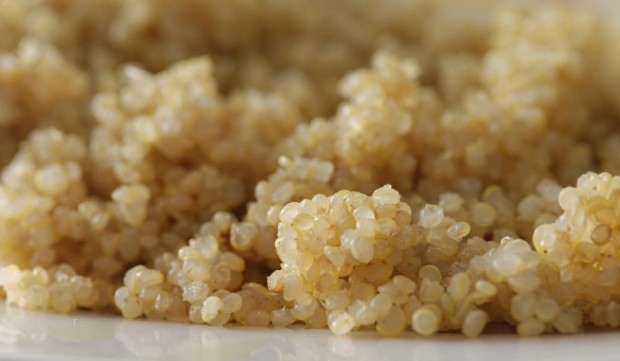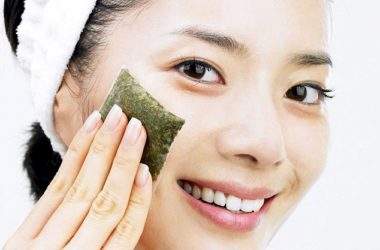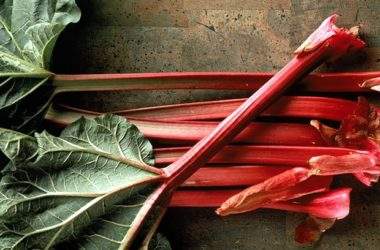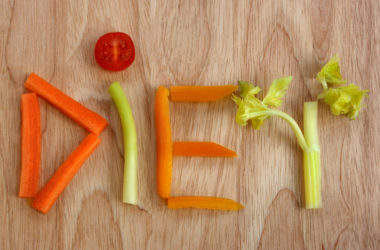Quinoa is a Powerfood Vegetable Seed!
Although referred to as a grain, it is actually a seed from a vegetable related to Swiss chard, spinach and beets. Quinoa is pronounced keen-wa not kwin-o-a.
Learn its benefits, preparing tips and cautions.
8 Health Benefits of Quinoa:
1. High quality protein
With the nine essential amino acids, the protein balance is similar to milk. At 16.2 to 20 percent protein, it has is more protein than rice (7.5 percent), millet (9.9 percent) or wheat (14 percent).
2. Great source of riboflavin.
Riboflavin has been shown to help reduce the frequency of attacks in migraine sufferers by improving the energy metabolism within the brain and muscle cells.
3.Stamina
Inca warriors had more stamina and quicker recovery time by eating these quinoa seeds, making it a truly ancient powerfood.
4. Antiseptic.
The saponins from quinoa are used to promote healing of skin injuries in South America.
5. Not fattening!
Only 172 calories per 1/4 cup dry (24 of the calories from protein and only 12 from sugars, the rest are complex carbohydrates, fiber and healthy fats).
6. Gluten-free.
Since it is not not related to wheat, or even a grain, it is gluten-free.
7. Alkaline-forming.
Although it is not strongly alkaline-forming, it is comparable to wild rice, amaranth, and sprouted grains.
8. Smart Carb:
It is a complex carbohydrate with a low glycemic index, so it won’t spike your blood sugar.
Trivia:
- In South America they use the saponin removed from the quinoa as detergent for washing clothes.
- The sticky, bitter, soapy film of saponins also keeps birds from eating the quinoa seeds off of the bushes. Scientists decided to create quinoa that didn’t have saponins and guess what? The birds ate it all.
- Stalks of the plant are used in preparing bleach or dyes, and dried stalks are used as fuel.
- “Eat quinoa, food of the 21st century.” These are the words written on the cover of each issue of an Argentinean science magazine called Temas.
I love the light flavor of quinoa. It is easy to digest and is not sticky or heavy like grains, making it a wonderful summer grain-like food.
7 Tips for Eating or Cooking:
- Always rinse quinoa. Place quinoa in a strainer, then run cold water over it until the entire soapy residue has been washed away.
- You can taste test a few seeds; if they still have a bitter taste, run more cold water over them. Extra removal can be made by rubbing the seeds while rinsing with water.
- There are three main varieties: light yellow, red, and black.
- Make quinoa porridge for breakfast, add it to your salad at lunch, substitute if for brown rice with your vegetables and make a yummy quinoa pudding.
- Use quinoa flour in your gluten-free baking.
- Even the leaves of the quinoa plant are edible; they taste similar to spinach, chard and beets.
- Sprout quinoa; simply soak the quinoa in water for 12 hours, then keep it moist in a jar.
- Quinoa can even be popped like popcorn and is very popular with Peruvian children.
Use and Safety:
Quinoa, though highly nutritious, is actually coated with the toxic chemical saponin; you must rinse the quinoa thoroughly. Saponins can be challenging to the immune system and stomach. Commercial processing methods remove much of the bitter soapy saponins coating quinoa seeds, but it is best to rinse again to remove any of the powdery saponins that may remain on the seeds. Like any good foods, we need variety so do not eat it every day. A few times a week is good enough.
Although quinoa is not a commonly allergenic food and does not contain lots of purines, it does contain oxalates. This puts quinoa on the caution list for an oxalate-restricted diet.













